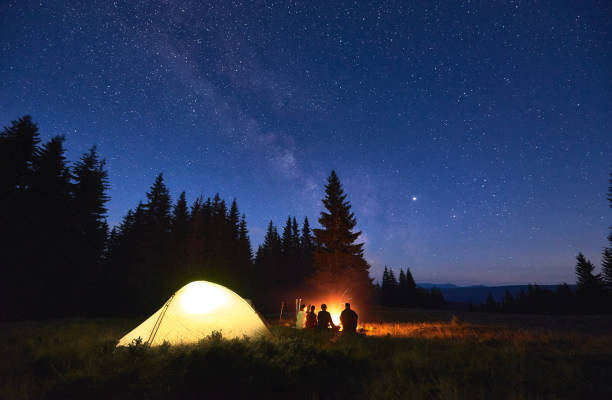"Unraveling the Mystique of Dark Tourism: A Deeper Dive into the Appeal and Impact"
Dark tourism, the act of visiting sites associated with death, tragedy, or suffering, is a travel trend that has quietly but steadily grown over the years. This phenomenon is not entirely new; humans have always been drawn to the macabre and the tragic, with successful executions drawing huge crowds in medieval Europe and the Roman Colosseum's bloody spectacles attracting thousands of spectators. However, in recent years, this fascination with death and disaster has taken on a new form – dark tourism.

The Rise and Evolution of Dark Tourism
From the death camps of Auschwitz to the haunting remnants of Chernobyl, dark tourism destinations offer a grim reminder of humanity’s past. With the advent of global travel and the internet, these sites have become more accessible and well-known, sparking a surge in dark tourism. This trend has been further fueled by popular culture, such as the Netflix series “Dark Tourist” and the increasing portrayal of these sites in movies and literature.
The Appeal and Controversy of Dark Tourism
The appeal of dark tourism is multifaceted. For some, it is a form of education, a way to experience history firsthand, and gain a deeper understanding of past tragedies. For others, it is a way of paying respects, finding closure, or confronting fears. However, dark tourism is not without controversy. Critics argue that it capitalizes on others’ suffering and can be disrespectful to the memory of those who perished. It also raises ethical questions about voyeurism, exploitation, and the commodification of tragedy.
The Impact on Travelers and Destinations
For travelers, dark tourism can be a transformative experience. It forces one to confront uncomfortable truths, fostering empathy, and understanding. However, it can also be emotionally challenging, inducing feelings of sadness, shock, and guilt.
For the destinations, dark tourism can bring economic benefits. It can also raise awareness about historical events and promote dialogue about past atrocities, contributing to healing and reconciliation. However, it can also lead to over-tourism, damaging fragile sites, and disrupting local communities.
The Future of Dark Tourism
As our world continues to grapple with crises and disasters, the relevance of dark tourism is likely to persist. It is a reflection of our collective need to understand our past, no matter how painful it might be. However, it also calls for responsibility and sensitivity from both travelers and providers to respect these sites’ sanctity and the memories they hold.
A Glimpse into Dark Tourism
- Chernobyl, Ukraine: The site of the world’s worst nuclear disaster has become a major tourist attraction. Visitors can explore the abandoned city of Pripyat and the reactor’s vicinity, guided by strict safety measures.
- Auschwitz-Birkenau, Poland: This former Nazi concentration and extermination camp stands as a chilling reminder of the Holocaust’s horrors. It is now a museum and a UNESCO World Heritage Site.
- Ground Zero, USA: The site of the 9/11 terrorist attacks in New York City attracts millions of visitors each year. The 9/11 Memorial and Museum commemorate the victims and educate the public about the event.
In conclusion, dark tourism is a complex and controversial phenomenon that reflects humanity’s fascination with death and disaster. It offers important lessons about our past and serves as a stark reminder of the depths to which humanity can sink. However, it also demands a high level of responsibility and sensitivity to ensure that these sites of death and suffering are treated with the respect they deserve. As with all forms of travel, the key lies in understanding, empathy, and respect for the cultures, histories, and tragedies we seek to explore.





